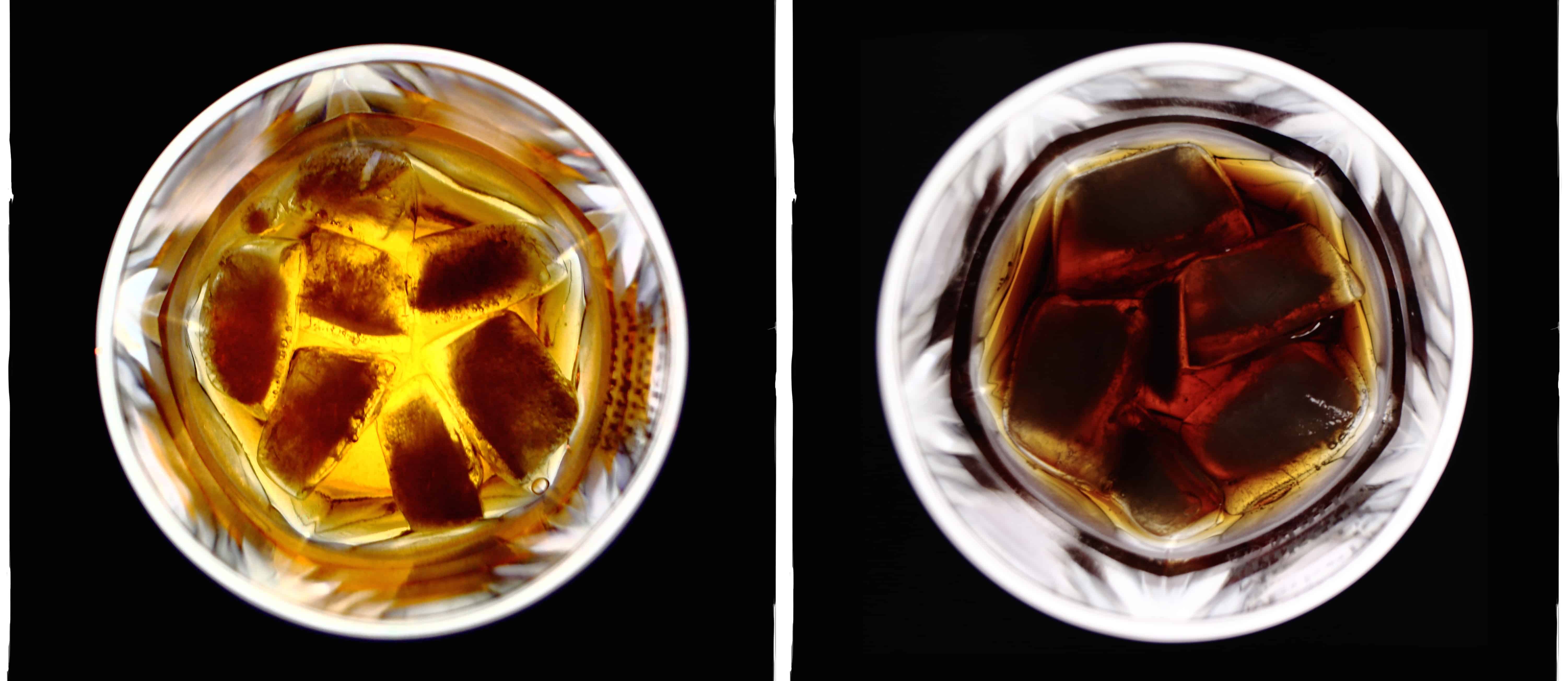Used as a coloring agent in products ranging from colas and beer to gravies and soy sauce, caramel coloring may be the world’s most widely consumed food coloring. It helps grocery stores sell more than a billion servings of food and beverages a day. Unfortunately, the manufacturing of certain artificial caramel colorings can lead to the formation of carcinogens such as 4-methylimidazole, which causes cancer in mice but not rats (or at least, not male rats). However, it is unclear whether humans are more like mice or rats in terms of their response to the carcinogen.
To be safe, California officially listed it as a carcinogen and started requiring warning labels on soft drinks containing more than 29 micrograms per serving. The soft drink industry was unsuccessful in opposing the action, so they were forced to reduce carcinogen levels in their products—but only in California. Buy Coke anywhere else, and it may have up to five times the limit (See Is Caramel Color Carcinogenic?).
There’s another class of additives that the soda industry uses to make its soda brown (see Phosphate Additives in Meat Purge and Cola). There are other harmful additives in soda as well (Is Sodium Benzoate Harmful? and Diet Soda and Preterm Birth).
Similarly the junk food industry uses titanium dioxide to whiten processed foods (Titanium Dioxide & Inflammatory Bowel Disease).
The meat industry has also used potentially toxic additives for cosmetic purposes such as phosphate additives in chicken to make poultry pink.
It’s amazing the risks the food industry will take to alter appearances (Artificial Food Colors and ADHD).
-Michael Greger, M.D.
PS: If you haven’t yet, you can subscribe to my videos for free by clicking here and watch my full 2012 – 2015 presentations Uprooting the Leading Causes of Death, More than an Apple a Day, From Table to Able, and Food as Medicine.
